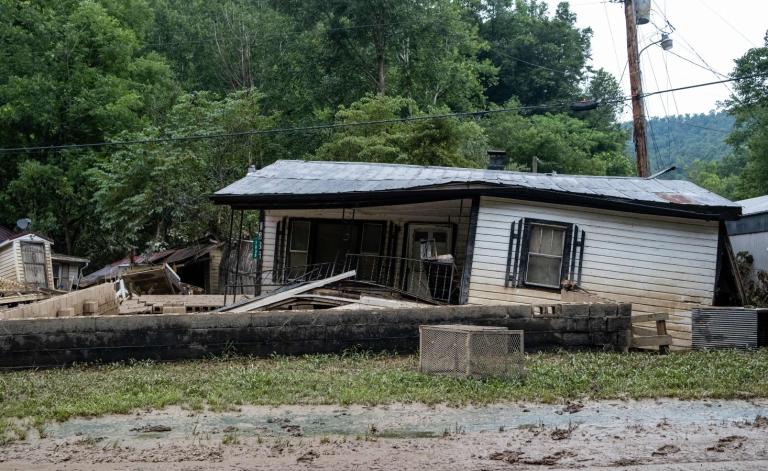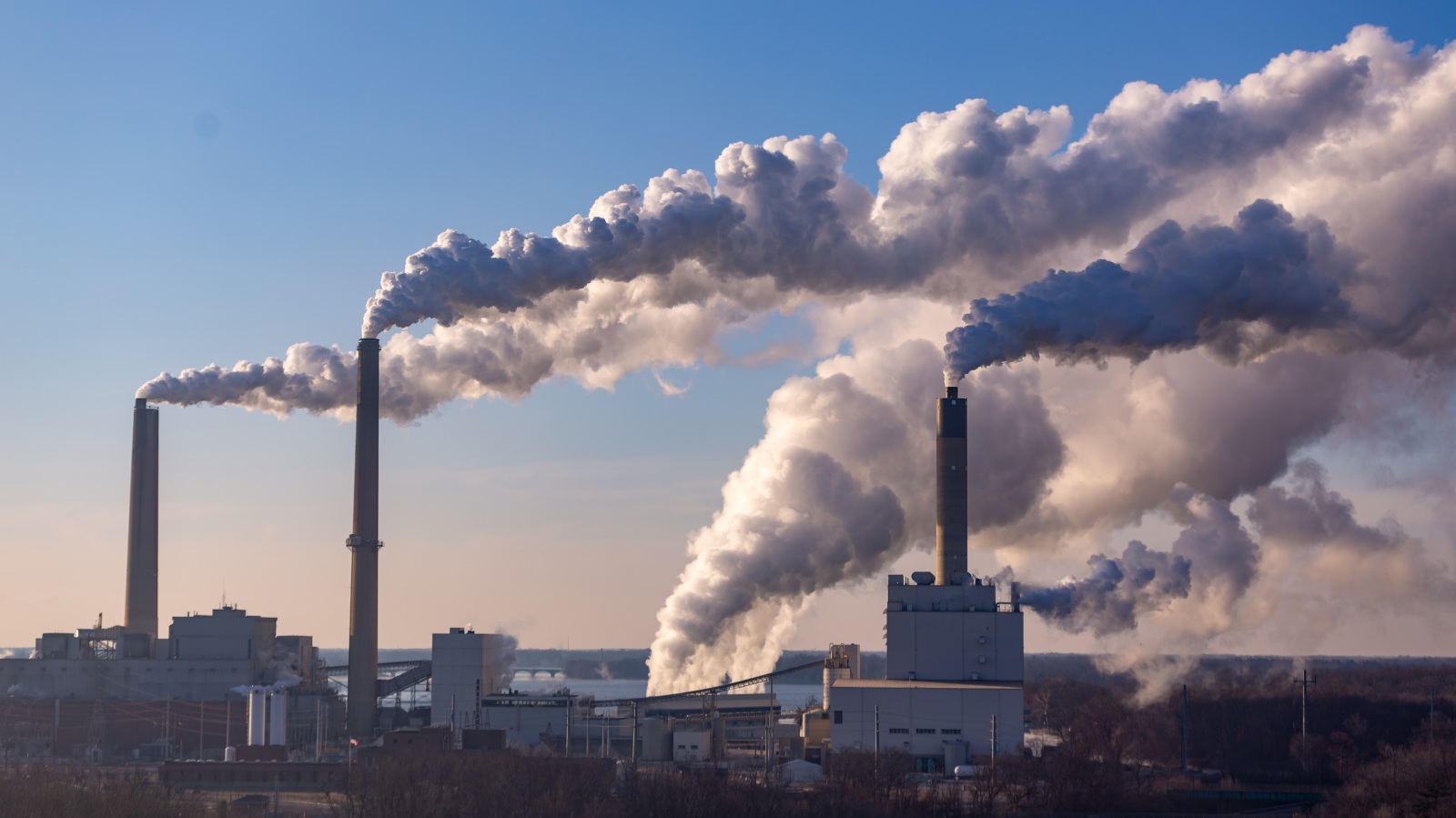Over the past 15 years, coal power has been on a precipitous decline across the United States, dropping in use by over 50 percent. The rise of cheaper natural gas and renewable energy combined with environmental regulations has led to the shuttering of hundreds of plants across the country. Between 2010 and 2021, 36 percent of the country’s coal plants went offline; since then another 25 percent shut down or committed to retiring by 2030.
But even as coal declines, it is still keeping a deadly grasp on communities across the country, according to a new report from the Sierra Club’s Beyond Coal Campaign. The coal sector is responsible for 3,800 premature deaths a year due to fine particle pollution, or PM2.5, from smokestacks.
“We know that coal plants remain one of the biggest polluters in the United States,” said Holly Bender, senior director for energy campaigns with the Sierra Club. “What the [government] data didn’t show was who was most impacted by each of these plants.”
Coal plants release heavier particles and localized pollution that can have acute impacts within a 30- to 50-mile radius, but they also release fine particulate matter that gets blown hundreds of miles away downwind from tall smokestacks. The report looked at these particles specifically, finding that they had widespread impacts, causing premature death in states that don’t even border another state with a plant.
For example, the highest number of deaths due to coal plant pollution happened in Alleghany County in Pennsylvania and Cook County in Illinois, with 63 and 61 fatalities per year, respectively. Yet Cook Country is hundreds of miles away from the nearest power plant. The Labadie plant, Cook County’s biggest coal pollution contributor, owned by the American energy company Ameren, is over 300 miles away in rural Missouri. For the average coal plant, only 4 percent of premature deaths occurred in the facility’s same county and only 18 percent occurred in the same state, highlighting the cross-regional nature of the problem of coal soot.
Particulate pollution has a well-documented and disproportionate impact on people of color and low-income communities. The report notes how these inequities are increasing over time. While as a whole coal is the only pollution source that affects white Americans more than average, Daniel Prull, the author of the report, noted that the impacts varied from plant to plant; many coal facilities examined in the study had disproportionate impacts on communities of color, depending on where they were located.
Over 50 percent of the mortality caused by coal soot could be traced back to 17 plants, the report found. The parent company with the most deaths was Tennessee Valley Authority, which has four plants, and is owned by the U.S. government. Many of the other super-polluters, such as PPL, Berkshire Hathaway, and Ameren, were investor-owned utilities — which combined were responsible for 40 percent of these coal-driven premature deaths. “This is not just a problem that’s relegated to one part of the industry,” said Bender, adding that the parent companies causing the most harm were also the ones that have failed to make commitments to retire coal plants and transition to clean energy.
In line with the Clean Air Act, the EPA is supposed to regulate particulate pollution; last month it released a draft proposal to do so under the National Ambient Air Quality Standards. While the draft standard would lower the exposure limit, the new Sierra Club report notes that it does nothing to explicitly address controlling emissions from coal power plants, over half of which lack modern pollution control technology.
Coal continues to become increasingly uneconomic, Bender said, but it’s important to make sure the energy sector doesn’t simply move from one fossil fuel to another. “Natural gas could not be further from a climate solution,” she said. “We need to make sure we are truly on track to achieve these emission reductions that are necessary to address the climate crisis and the very real pollution burdens experienced across the country.”




